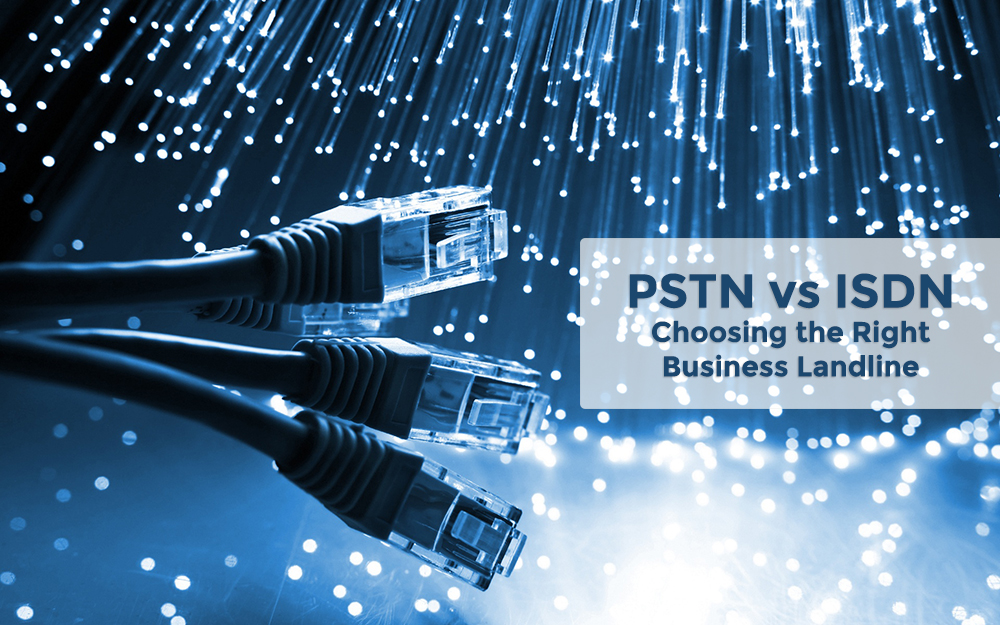Who knew there were so many different types of phone lines! Navigating through the technology can be frustrating when all you want is a phone line that works for your business!
Business landlines are available in two variations, PSTN and ISDN. Let’s have a look at each in turn.
What is a PSTN (Public Switched Telephone Network) line?
A quick Google search will tell you that PSTN stands for Public Switched Telephone Network. That’s a fancy way of saying that it’s just your average, run-of-the-mill telephone line, the very same line you undoubtedly have at home, unless of course you’re with the NBN, in which case, you’re using something completely different, and that’s something we can discuss another time.
In the beginning, when Telstra was known as Telecom, it rolled out hundreds of thousands of kilometres of copper lines for the sole purpose of providing telephony to all Australian residents. As technology evolved, so too did the use for these copper lines. We started using these lines as a means to deliver data from the early days of the internet where dial-up was king, to the start of the broadband days where DSL connections reigned supreme. But I digress! A PSTN line will afford you a single phone call, incoming or outgoing. If you wanted to make simultaneous calls using PSTN lines, you would have had to ask your provider to install multiple lines. This isn’t bad if your office consists of only two or three people. However, if your office requires a few more lines, installing multiple PSTN lines will become very expensive indeed.
ISDN (Integrated Services Digital Network)
Integrated Services Digital Network or ISDN allows for multiple calls across multiple channels. In contrast to the PSTN line, ISDN services are delivered as a digital signal over copper lines rather than its counterpart which is delivered via analogue signal.
For large businesses requiring staff to be on the phone simultaneously, ISDN services are the way to go. Compared to PSTN lines, ISDN services are relatively cheaper the higher the number of telephone numbers required. On top of the multiple channels, routing calls is also possible with an ISDN service thanks to the phone systems attached to them. You can now have a receptionist, or an auto-attendant which prompts the user to press a phone button to get to a particular department of your company.
Like PSTN lines, ISDN services can also be placed in a “linehunt” which is where a call will hunt for the next available “line”. However, the term “line” is quite loose with ISDN services. Instead of physical copper lines, ISDN services have channels. Each channel, similar to a physical line, allows for an incoming or outgoing call. However, you can have multiple channels on a single ISDN service.
ISDN services usually come in the form of ISDN2, ISDN10/20/30 with the numeric values representing the number of channels the ISDN service has. As the naming convention suggests, the maximum amount of channels allowed on a single ISDN service is 30. If more channels are required, you simply have additional ISDN services installed.
Another added benefit of having an ISDN service is the ability to assign a 100 number range and transfer calls between users. Having a 100 number range means you won’t have to worry about installing new lines to accommodate a new staff member.
UPDATE: ISDN & PSTN days are numbered – what happens next?
With the progressive rollout of the NBN network, over the next 2 years or so ISDN & PSTN will eventually be phased out. This means that all businesses using ISDN and PSTN will need to transition to a VoIP based phone service.
Arrow offer a complete migration service so you can transition to the cloud seamlessly. Call us today to discuss the best option for your business or read more here »



